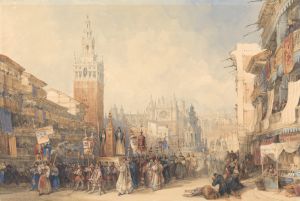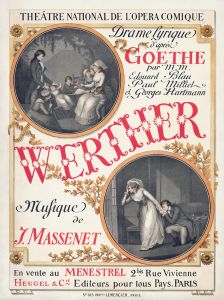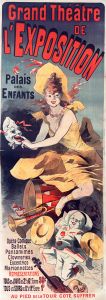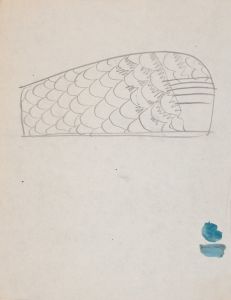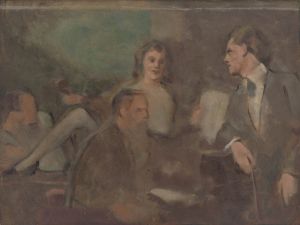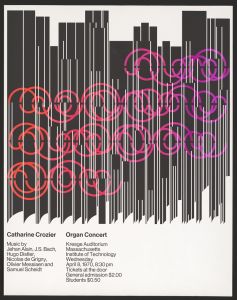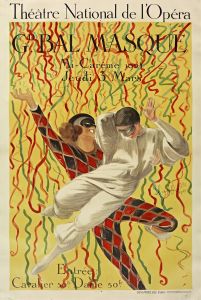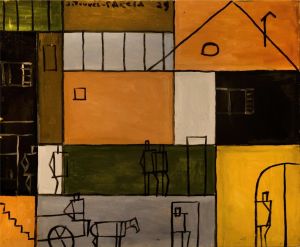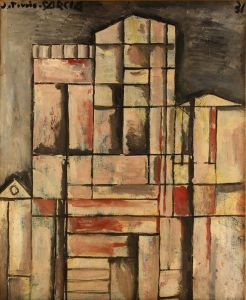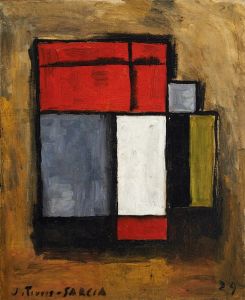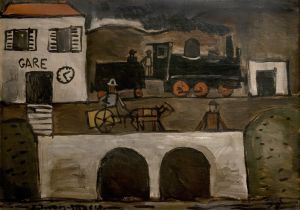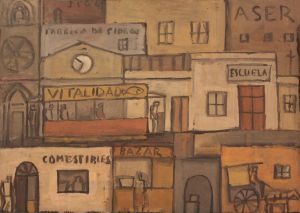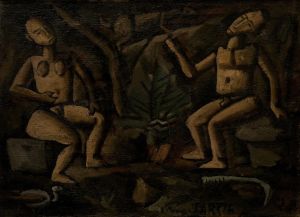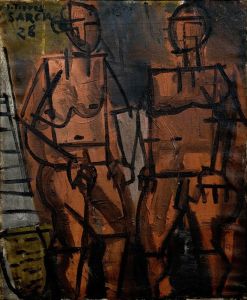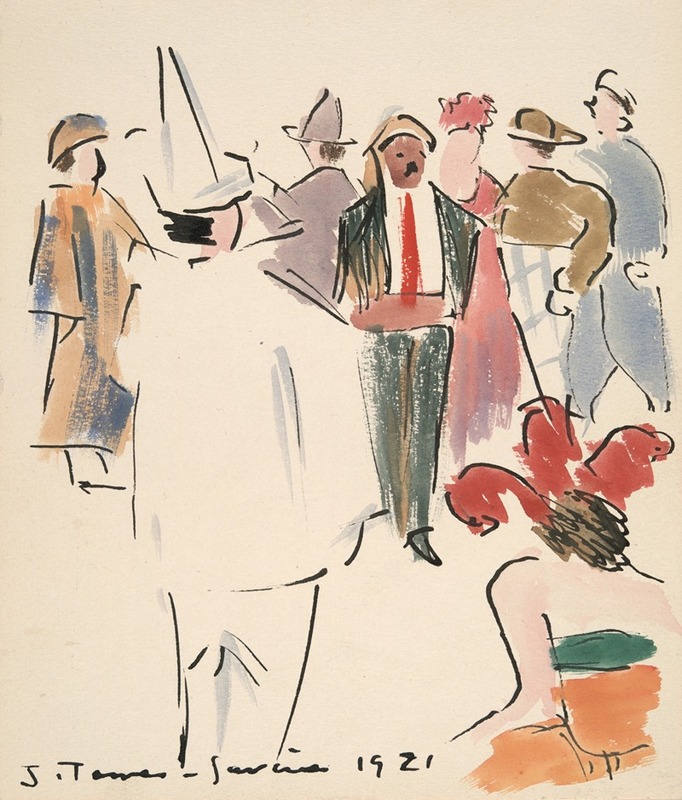
Artists’ Ball; Pierrot and Figures Standing
A hand-painted replica of Joaquín Torres-García’s masterpiece Artists’ Ball; Pierrot and Figures Standing, meticulously crafted by professional artists to capture the true essence of the original. Each piece is created with museum-quality canvas and rare mineral pigments, carefully painted by experienced artists with delicate brushstrokes and rich, layered colors to perfectly recreate the texture of the original artwork. Unlike machine-printed reproductions, this hand-painted version brings the painting to life, infused with the artist’s emotions and skill in every stroke. Whether for personal collection or home decoration, it instantly elevates the artistic atmosphere of any space.
"Artists’ Ball; Pierrot and Figures Standing" is a painting by the Uruguayan artist Joaquín Torres-García, created in 1920. Torres-García was a prominent figure in the early 20th-century art scene, known for his contributions to modern art and his development of a unique style that combined elements of Constructivism with a personal symbolic language.
The painting "Artists’ Ball; Pierrot and Figures Standing" reflects Torres-García's interest in theatrical themes and his engagement with the European avant-garde movements of his time. The title suggests a scene from a festive event, likely inspired by the artist's experiences and observations of the vibrant cultural life in Europe, particularly in Paris, where he spent a significant part of his career.
In this work, Torres-García employs a composition that features the character of Pierrot, a stock figure from the commedia dell'arte tradition, which was popular in European theater. Pierrot is typically depicted as a sad clown, dressed in white with a loose-fitting costume and a ruffled collar. In "Artists’ Ball; Pierrot and Figures Standing," Pierrot is surrounded by other figures, possibly representing attendees of the ball or other characters from the theatrical world.
The painting showcases Torres-García's skillful use of color and form. He utilizes a palette that includes muted tones and vibrant accents, creating a dynamic yet harmonious visual effect. The figures are rendered with a sense of stylization, characteristic of Torres-García's approach, which often involved simplifying forms to their essential geometric shapes. This method aligns with his broader artistic philosophy, which sought to find a universal language of art through abstraction and symbolism.
Torres-García's work during this period was influenced by his interactions with other artists and intellectuals in Europe. He was associated with several influential groups and movements, including the Catalan avant-garde and the Cercle et Carré group, which he co-founded in 1929. These connections helped shape his artistic vision and contributed to his development of Constructive Universalism, a theory that aimed to integrate the spiritual and the material through art.
"Artists’ Ball; Pierrot and Figures Standing" is an example of Torres-García's ability to blend different artistic influences and traditions into a cohesive and innovative style. The painting reflects his deep engagement with the cultural and artistic currents of his time, as well as his commitment to exploring new forms of expression.
Today, Joaquín Torres-García is recognized as one of the most important Latin American artists of the 20th century. His work continues to be celebrated for its originality and its contribution to the development of modern art. "Artists’ Ball; Pierrot and Figures Standing" remains a significant piece within his oeuvre, illustrating his unique approach to composition, color, and thematic exploration.





